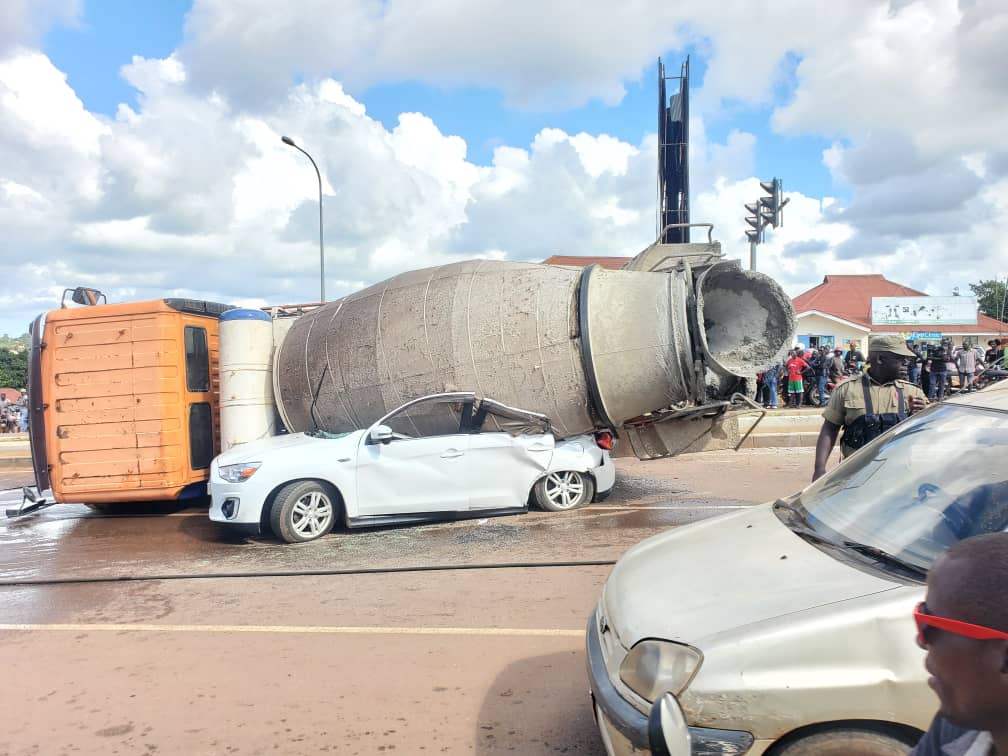Why Bahiima and Karimojong are the original ‘social distancers’
What you need to know:
- Early warning of danger. In times past, the people doing ryemo gemo, wouldn’t have been trying to scare off the virus, but to warn the community of danger.
- It is the modern day of a siren or a public service announcement about a virus outbreak. In previous centuries, they would have done so to warn of approaching invaders.
The story in the Daily Monitor about people in parts of northern Uganda banging jerrycans, pots, pans and drums in order to chase away the evil spirits they believe are responsible for coronavirus, was amusing.
Generally, as a man of science, I first put it down to superstition, but I was cautious about calling it so when I tweeted about it.
There is a name for it; it’s called “ryemo gemo”, and both on Twitter – and later in Daily Monitor in an article by Ndugu Mao Norbert – a couple of people who know better told me it “works”, and it has a long tradition.
Fortunately, I know a couple of people, and I am related to some of them, who study these practices deeply to decipher their meaning and social history, and I reached out to them. One of them who had read Mao’s article, said he was “half right”. Ryemo gemo works, but not in the way he suggested. It belongs, he said, in a wide range of traditional early warning and notification systems.
In times past, the people doing ryemo gemo, wouldn’t have been trying to scare off the virus, but to warn the community of danger. It is the modern day of a siren or a public service announcement about a virus outbreak. In previous centuries, they would have done so to warn of approaching invaders. Upstream communities would use ryemo gemo to warn of flash floods.
The community that is within sound range would do the same thing, and the next village would be warned. The ryemo gemo happens with the same context, but without the same context. The same mechanism works in the same way it did for our fore fathers and mothers, all over many parts of rural Uganda today, when drums are beaten when someone dies in the village.
There is profound knowledge required to understand it, which is alien to us urbanites. A few times over the years, I have been in our village in Tororo when a death happened nearby in the night and drums and wails went off. The most fascinating thing to me has always been to hear the wise men and women of the village interpret them. “That drum is coming from Okello’s home in Merikit, and the way it’s sounding, a child has died”, they would say.
That would blow my shirt off. How could they tell the direction of the drum and decipher the wail, down to a home, and the status of the person who had died? However, it was all there, just for the initiated.
A study of ryemo gemo, I was told, would reveal in those times when epidemics were plentiful and there was no treatment, the people would have been able to predict the path and pattern of spread too, and that would be communicated in the drums and pot banging.
I was told that; “for example, you modernists rail against nomads when they roam with their cattle, and keep shifting settlements, but you are wrong”. In Uganda, in the Karamoja Sub-region, this still happens to some degree, and not too long, the Bahiima in Ankole were famously nomadic.
More sedentary farming communities sneered at the pastoralist practice of decamping from a site once someone died. However, I am told, there was method to it. It was what we are doing with social distancing, and the reason President Yoweri Museveni’s government has imposed a ruthless lockdown in the face of Covid-19.
The Bahiima and the Karimojong moved, to get away from infection by the disease that had killed one of them. They were coldly scientific, in that sense. The Bahiima and Karimojong were Uganda’s first “social distancers”, and they did it better than we ever will.
Ryemo gemo, then, has a glorious history, but exists as a ramp of something that was more profound – just like funeral vigils today. Again, back to those our foreparents. I learnt a while back that funeral vigils with bonfires, used to serve as a safety measure. In the years before Umeme, or candles, or kerosene lamps, we were few and lived in close proximity to forests and bushes teeming with carnivorous wildlife.
Homes were small huts, so mourners could only sit outside. But it was easy to be snatched by a lion or hyena. So, you lit a fire, and gathered in large numbers to frighten the animals away.
After the burial, you couldn’t leave either, because animals could dig up the body. Therefore, you kept sitting around for days at the fire, until it had decomposed.
Today, we still sit around watching the cement dry – totally unnecessary for securing the body, but important for closure, and comforting ourselves with the sense that we gave the departed a proper send off.
Sometimes, the science in “superstition” is incredible.
Mr Onyango-Obbo is curator of the “Wall of Great Africans” and publisher of explainer site Roguechiefs.com.
Twitter@cobbo3




